‘Racism. The Invention of Human Races’ at Deutsches Hygiene-Museum Dresden
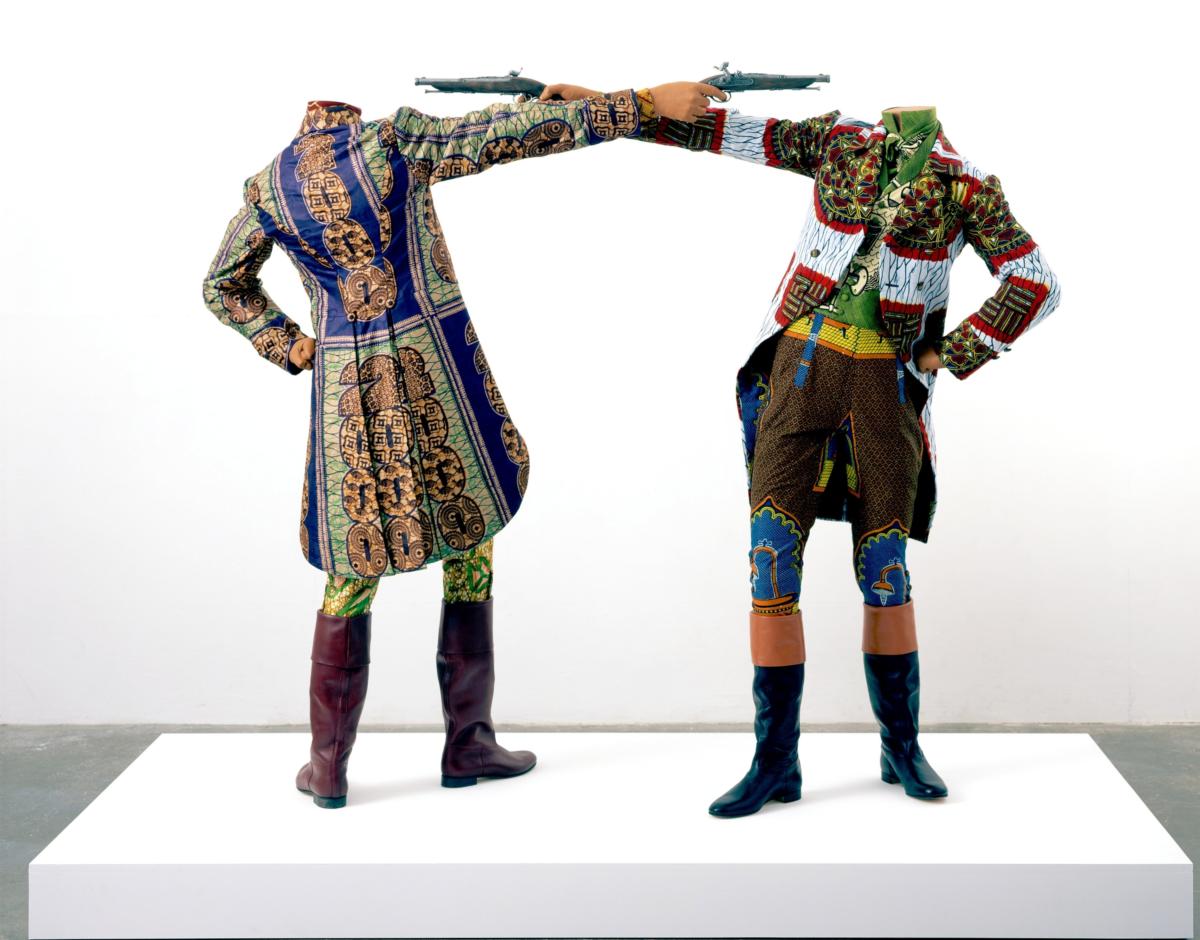
Racism is an inhumane ideology, but at the same time an everyday occurrence that confronts many people with discrimination and violence. The colour of their skin, their appearance, their religion or their language lead them to have humiliating experiences which are almost unimaginable for other parts of the population. Racism not only hurts individuals but also violates the ideals of equality and freedom that form the basis for our democratic society.
This exhibition investigates how these forms of racism are connected to the term “race”: a categorywhich, while it appears to describe human differences, is in fact really used to justify political, social and cultural inequality.
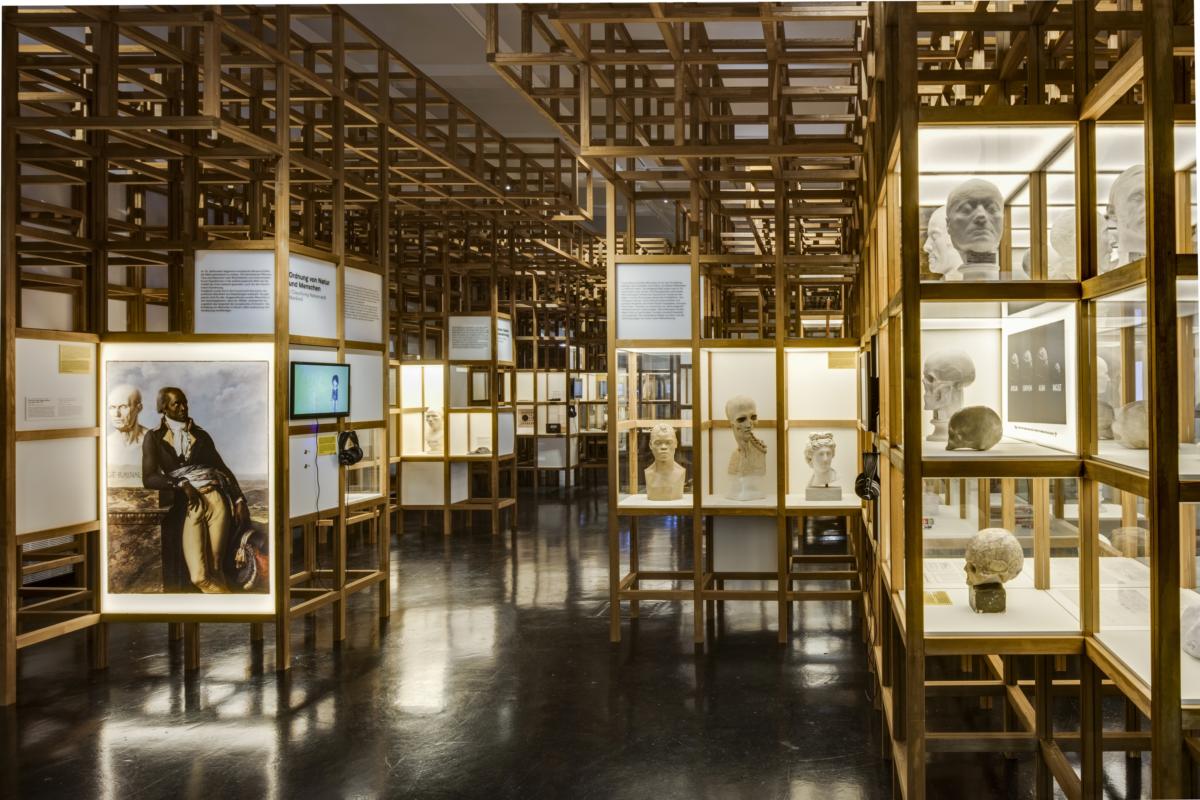

Though people all over the world look very different from one another, there is no such thing as“human races”. “Races” are an invention whose catastrophic effects have wreaked harm since the18th century. The exhibition analyses the scientific methods behind the development of this school of thought and presents images and media used to disseminate it to this day. One section addresses the role of the Deutsches Hygiene-Museum as a propaganda machine for so-called “racial hygiene”under National Socialism. Another chapter is devoted to the politics of racial exploitation in thecolonial period, the aftereffects of which extend to today’s refugee movements.


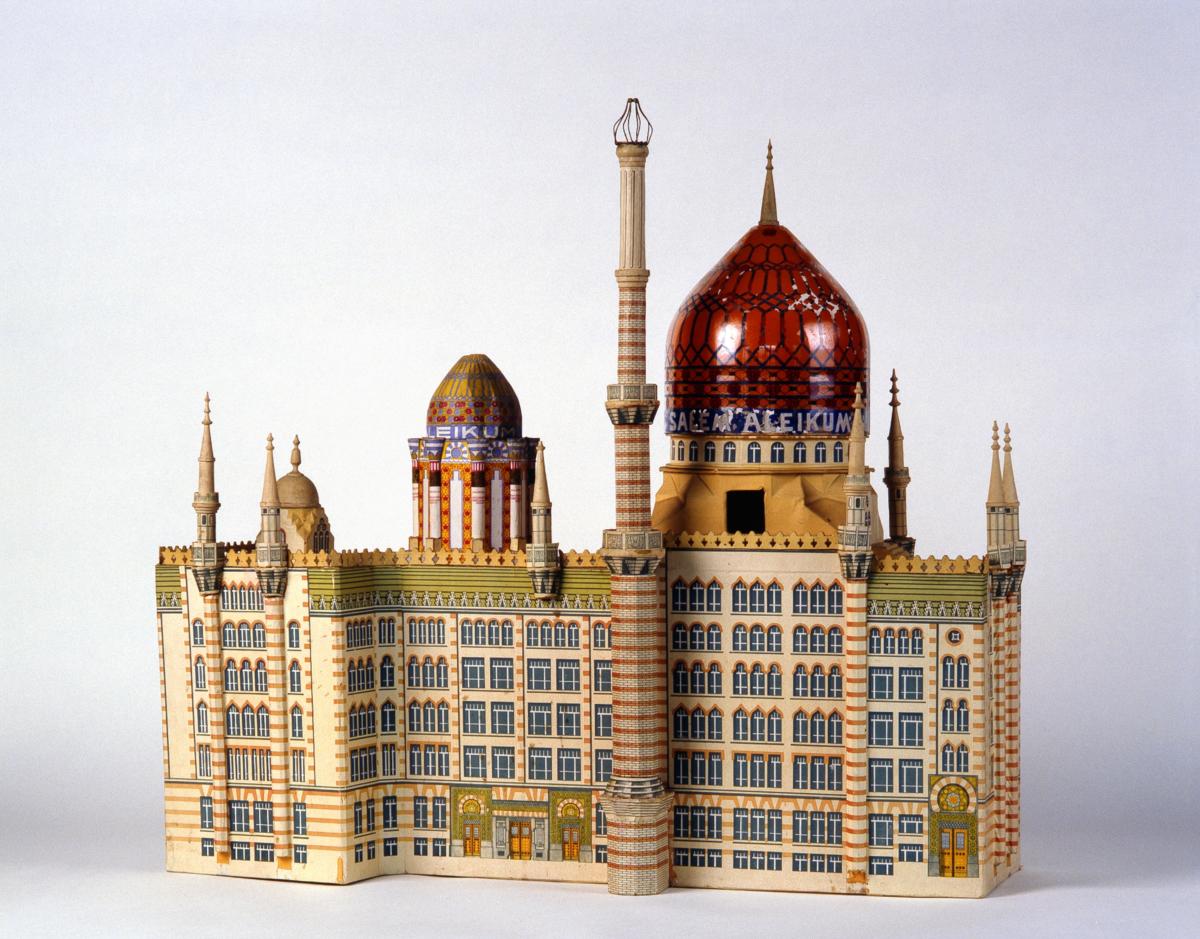
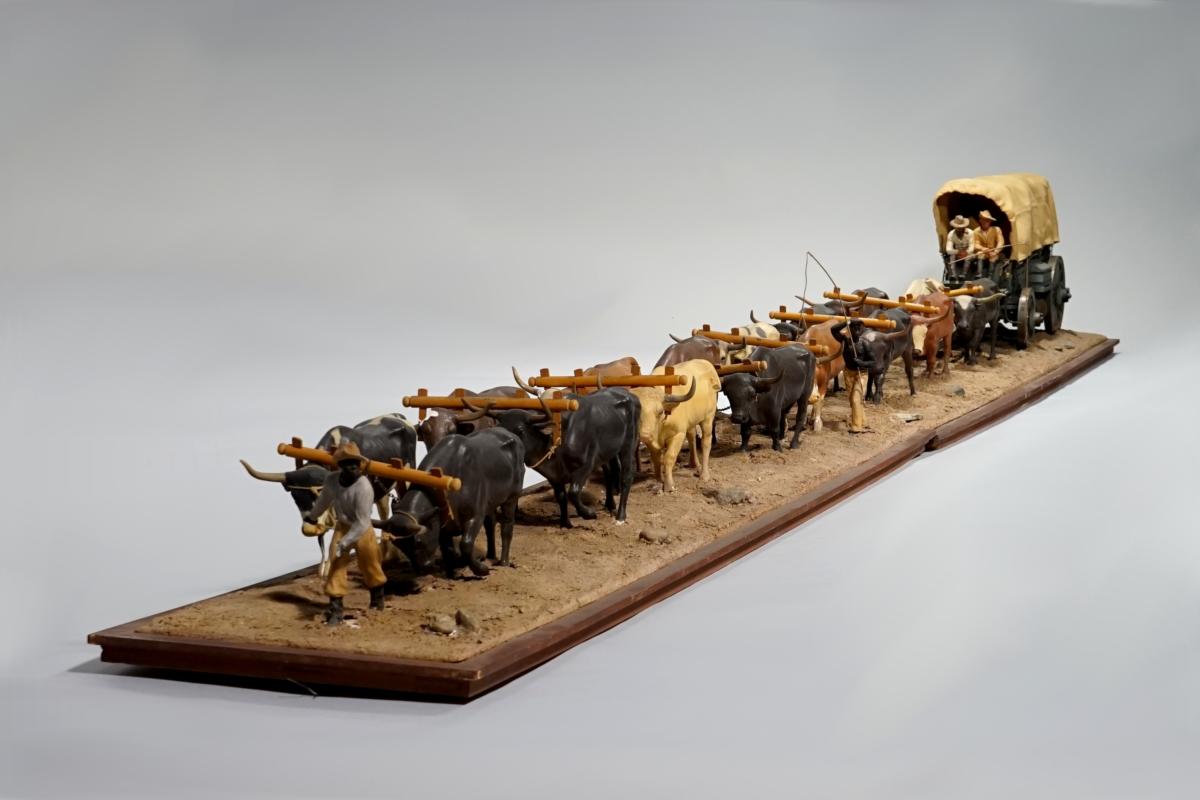
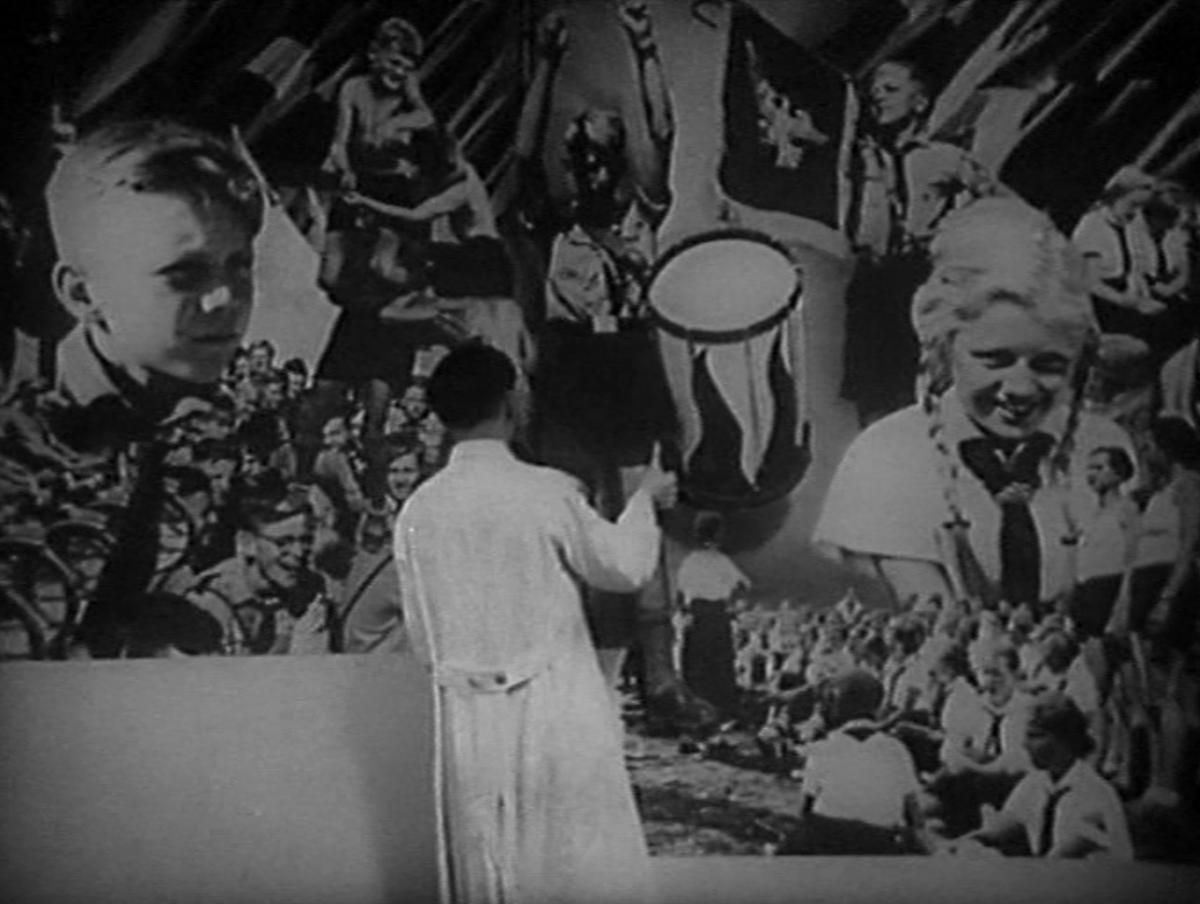

All the sections give the floor to figures who have critically examined racial ideologies. Multimedia exhibits, filmed interviews and video installations present current topics for discussion: rampant casual racism, the debate on population genetics, returning stolen cultural assets or the challenges of a post-migrant society.
The project team under curator Susanne Wernsing was advised by a working group made up of experts who deal with racist experiences on a personal or academic level, as activists or as part of education programmes. Their comments have become an important part of the exhibition. The design is the work of Berlin-based Kéré Architecture, who caused an international sensation in 2017 with their spectacular pavilion for the Serpentine Galleries in London.
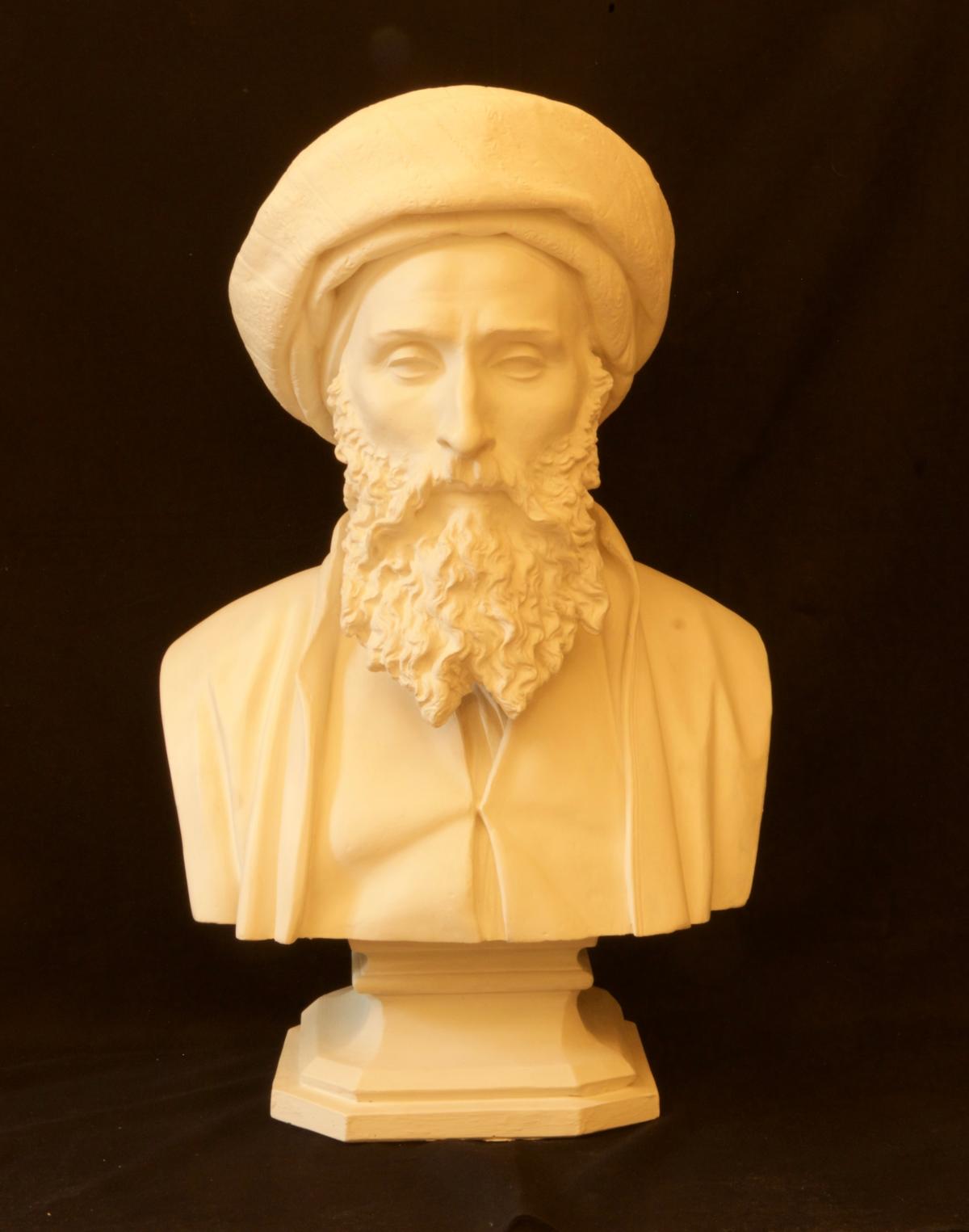
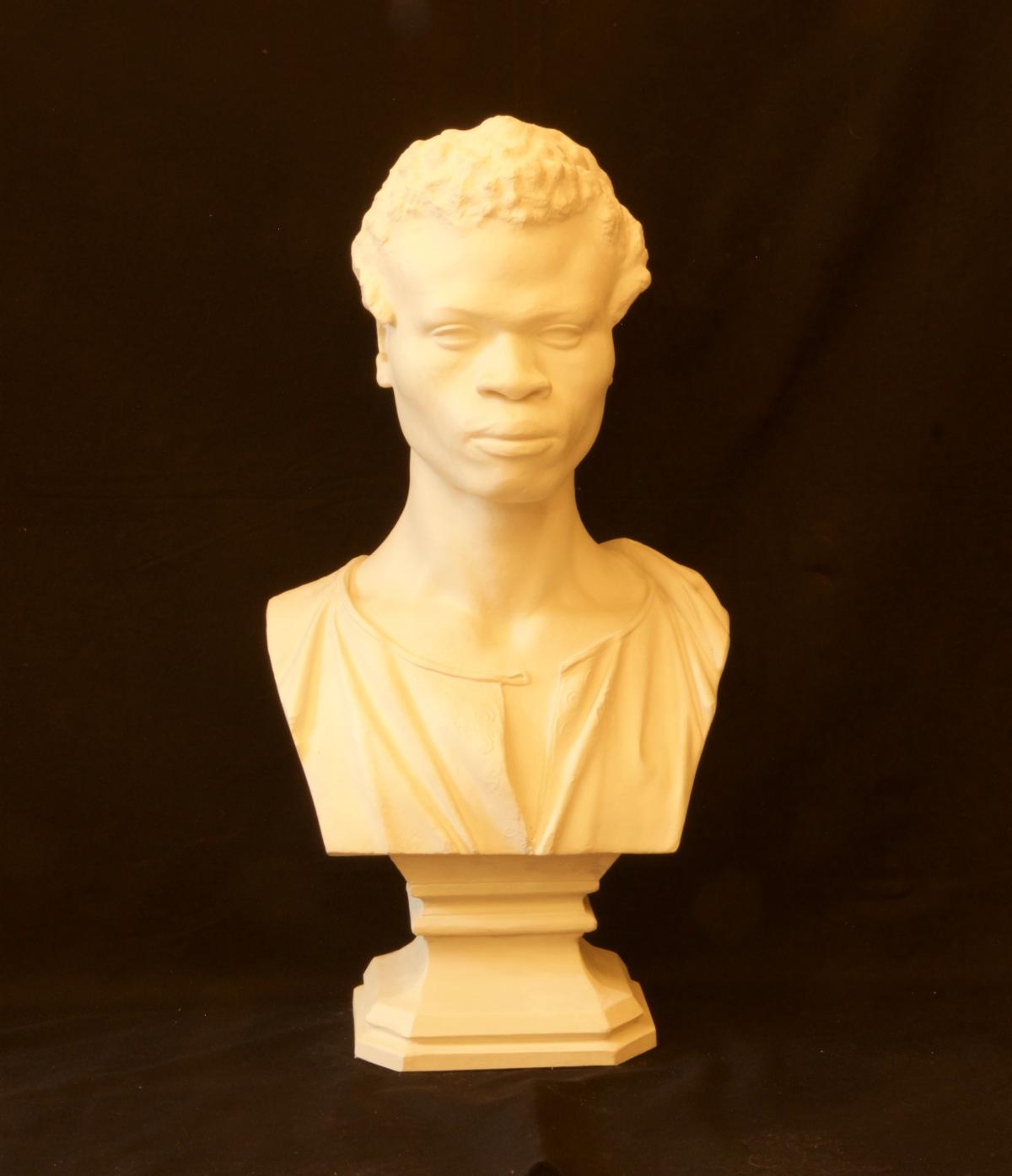
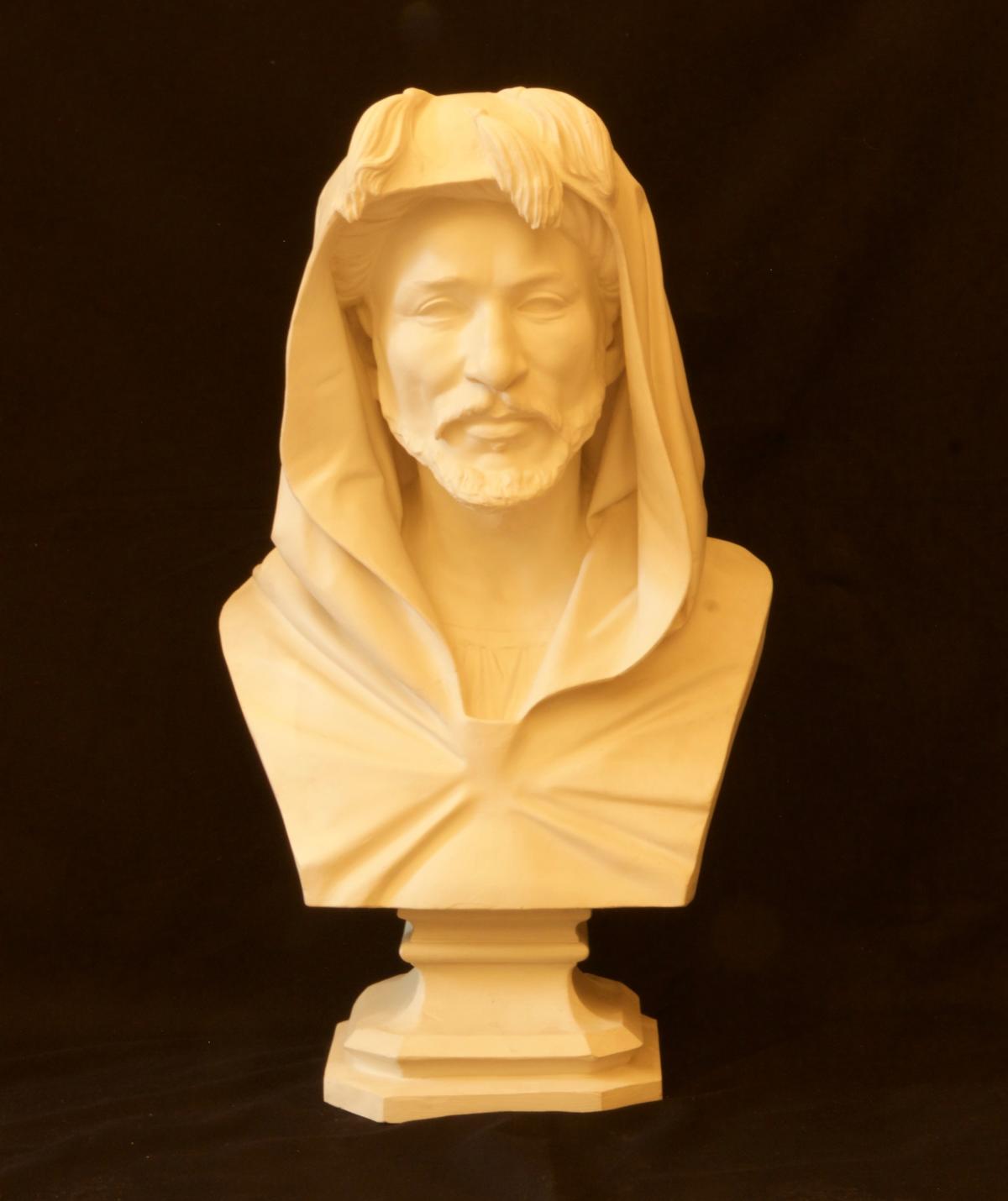
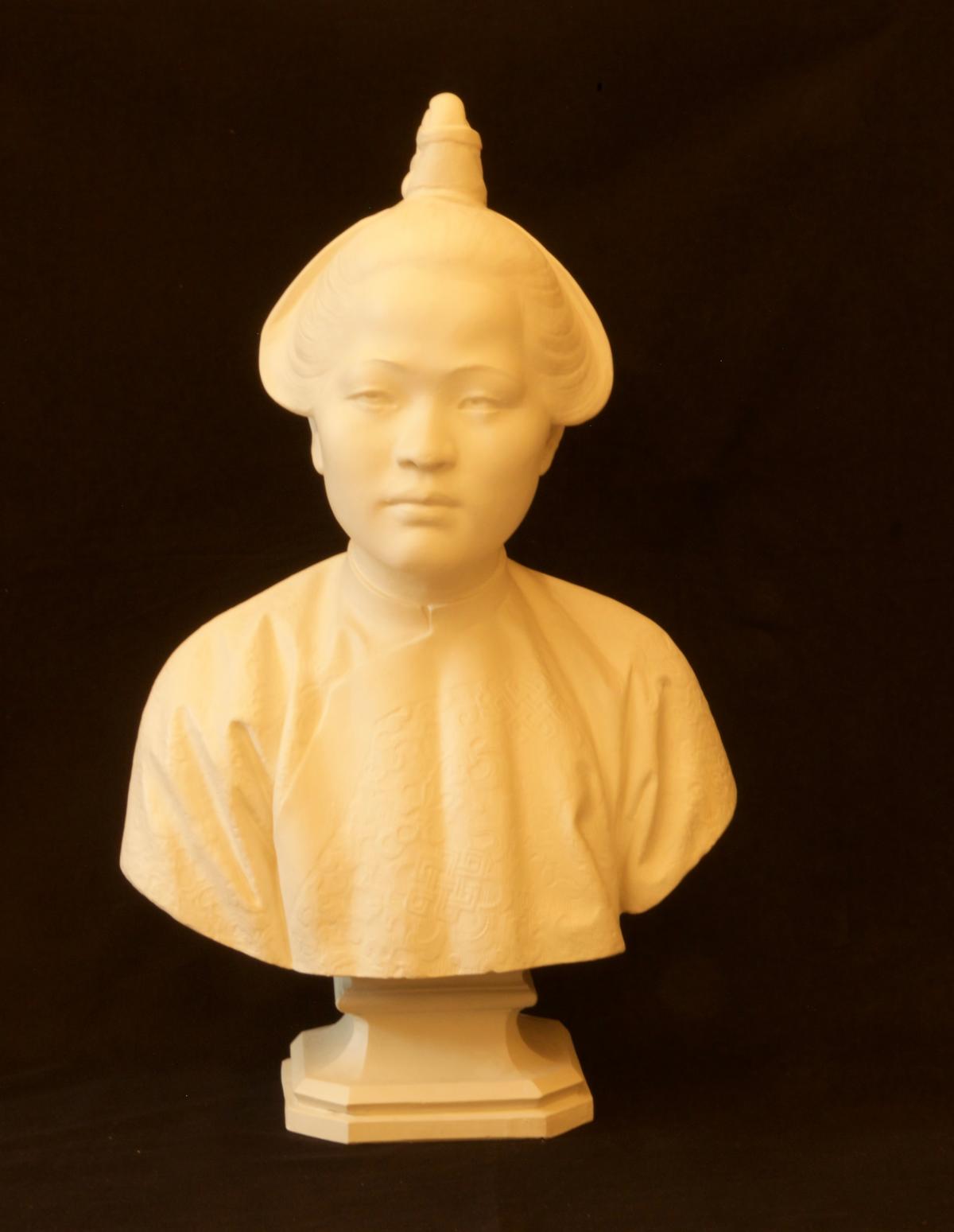
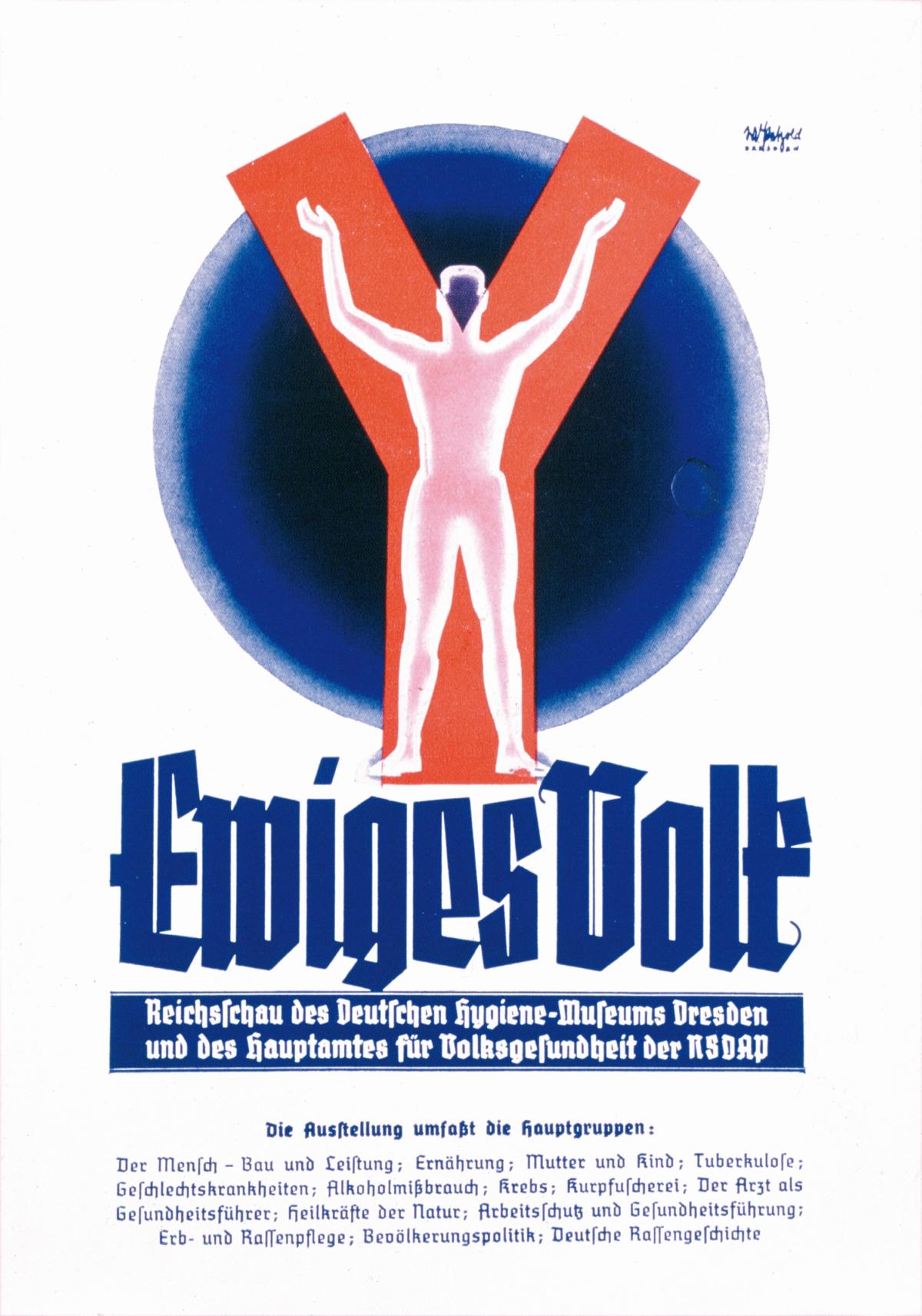
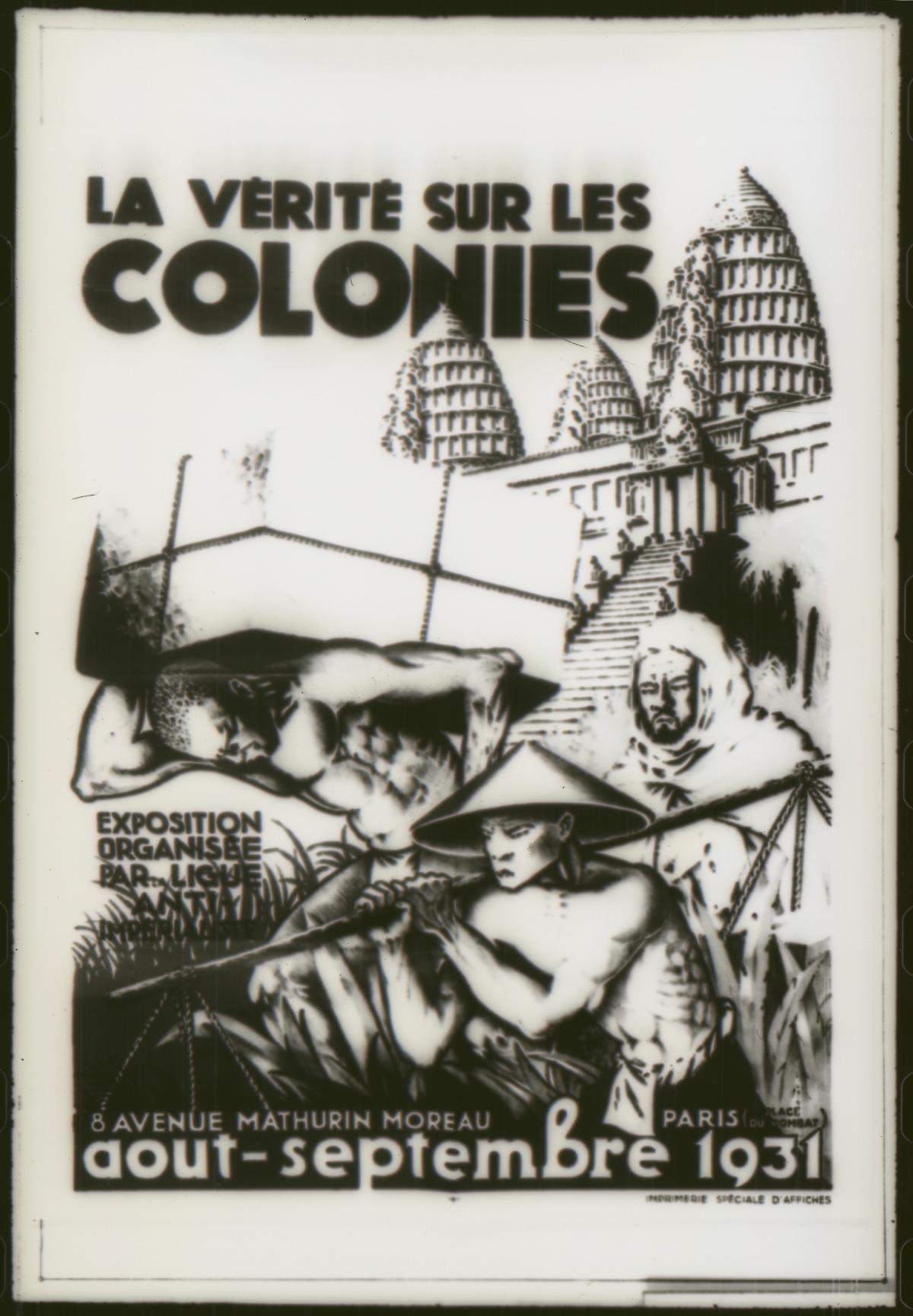
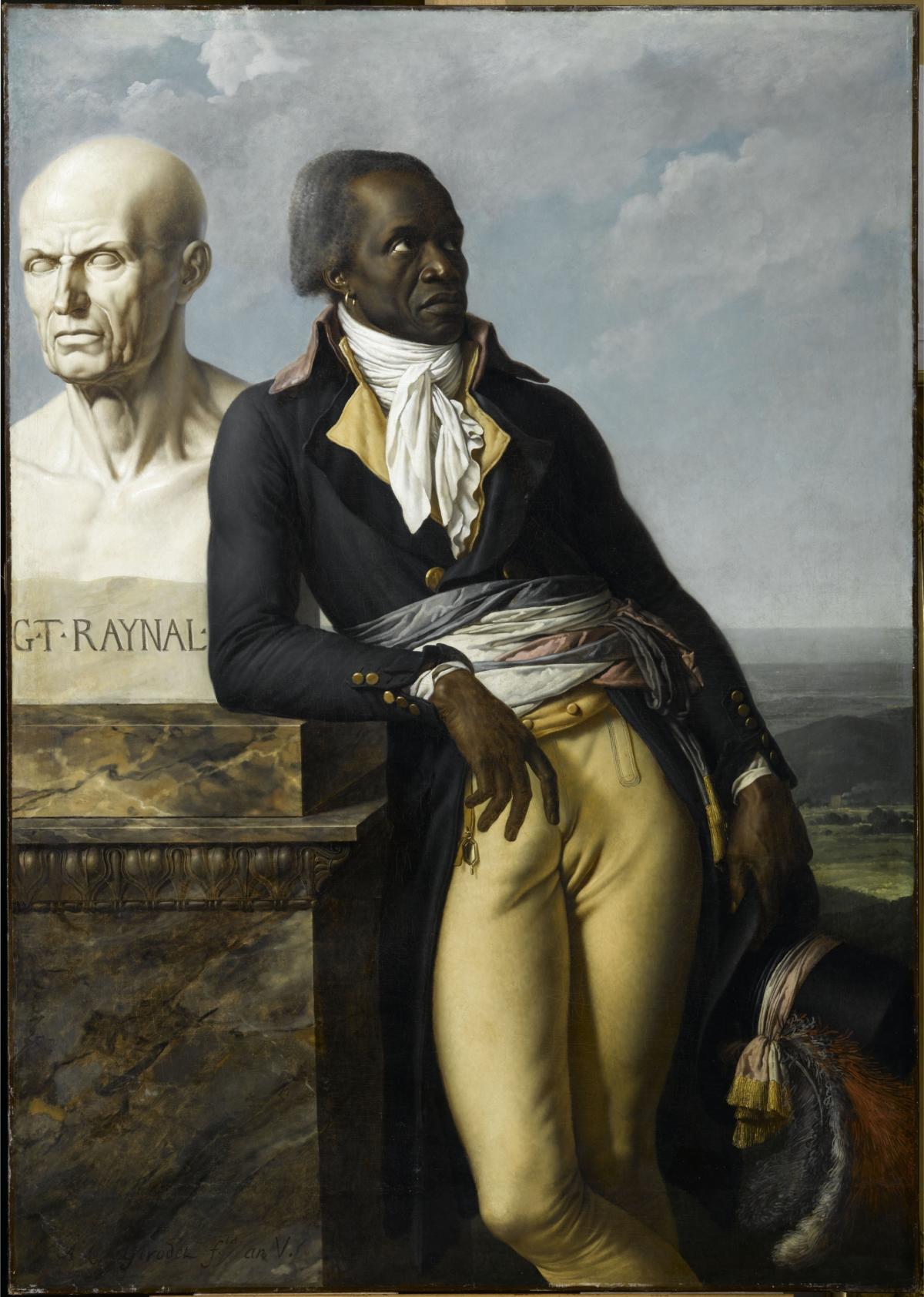
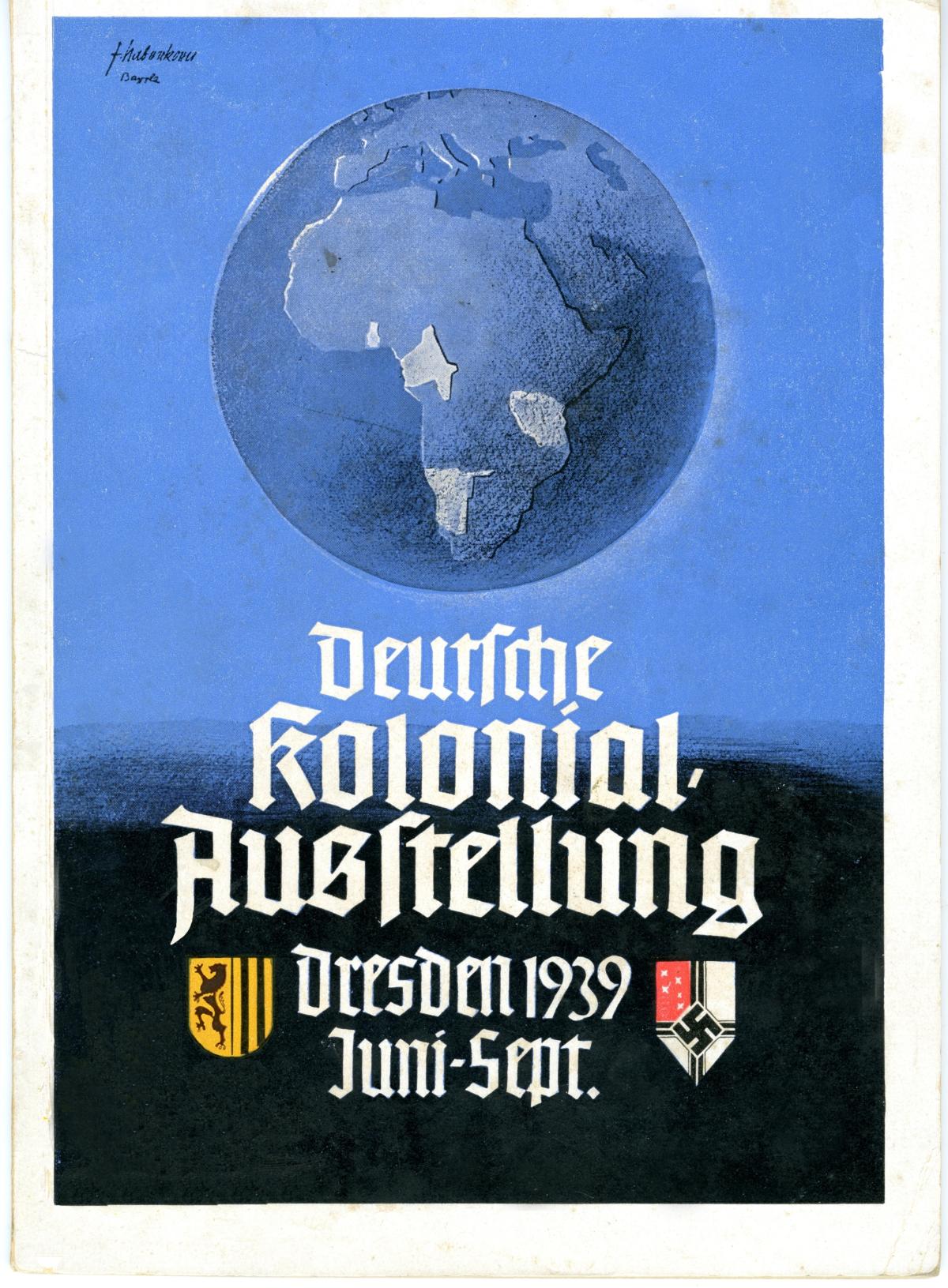
Imprint
| Exhibition | Racism. The Invention of Human Races |
| Place / venue | Deutsches Hygiene-Museum Dresden |
| Dates | May 19, 2018 – January 6, 2019 |
| Curated by | Susanne Wernsing |
| Website | www.dhmd.de/en |
| Index | Deutsches Hygiene-Museum Dresden Susanne Wernsing |
